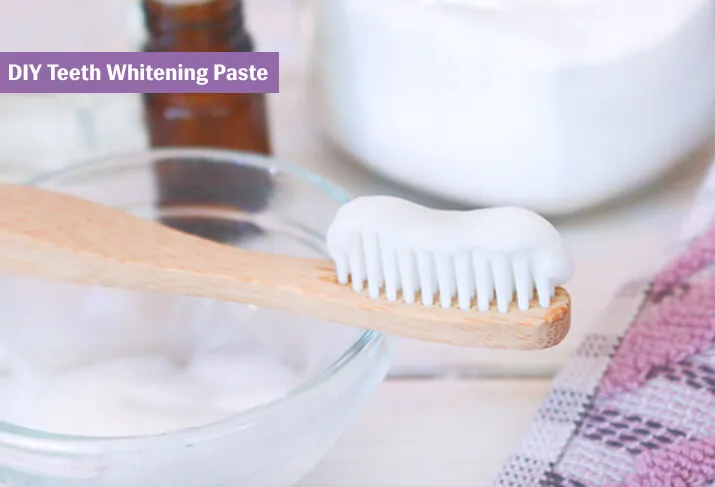What is Teeth Whitening Paste
Teeth whitening paste is a DIY or commercially available oral hygiene product designed to help lighten the color of your teeth. Unlike regular toothpaste, which primarily focuses on cleaning and removing plaque, teeth whitening pastes contain ingredients that help to remove surface stains and, in some cases, slightly alter the shade of your teeth. These pastes often use abrasive agents or bleaching agents to achieve a brighter smile. Homemade teeth whitening pastes allow you to control the ingredients, potentially avoiding harsh chemicals and tailoring the paste to your specific needs and preferences. The effectiveness of teeth whitening pastes varies depending on the ingredients used and the frequency of use, but they can be a cost-effective way to improve the appearance of your teeth and boost your confidence.
Benefits of Using Teeth Whitening Paste
Using teeth whitening paste can offer a range of benefits beyond just a brighter smile. The most obvious advantage is the aesthetic improvement, as it can help to remove stains caused by coffee, tea, wine, and other food and beverages. This can lead to a noticeable enhancement in your smile’s appearance, boosting your self-esteem and confidence. Furthermore, certain ingredients in whitening pastes can help in removing plaque and bacteria, contributing to better oral hygiene. Some homemade recipes include ingredients with antibacterial properties, which can contribute to healthier gums and reduced risk of cavities. The cost-effectiveness of homemade options also makes them a good choice for those looking to improve their smile without expensive professional treatments. By controlling the ingredients, you can tailor the paste to your sensitivity levels and avoid potentially harsh chemicals found in some commercial products. This makes teeth whitening paste a versatile option for many individuals seeking a brighter, healthier smile.
Ingredients You’ll Need

Creating a homemade teeth whitening paste involves carefully selecting ingredients known for their whitening and oral health benefits. The effectiveness of your paste depends on the quality and combination of these ingredients. Common ingredients include baking soda, coconut oil, lemon juice (used sparingly), and essential oils like peppermint. Baking soda acts as a mild abrasive to scrub away stains, while coconut oil helps bind the mixture and may have antibacterial properties. Lemon juice can provide whitening power, but it should be used in small amounts to avoid damaging enamel. Essential oils add flavor and can contribute to fresh breath and antibacterial benefits. The key is to balance effectiveness with safety, avoiding ingredients that could harm your teeth or gums. Always research and use ingredients in moderation to ensure a healthy and safe teeth whitening experience.
Baking Soda
Baking soda, or sodium bicarbonate, is a key ingredient in many homemade teeth whitening pastes due to its mild abrasive properties. It helps to gently scrub away surface stains caused by food, drinks, and smoking. The fine particles of baking soda can dislodge stain molecules without excessively wearing down the enamel. While baking soda is generally safe for teeth, it is important to use it in moderation and avoid excessive pressure while brushing, as this could potentially damage the enamel over time. Combining baking soda with other ingredients, such as coconut oil, helps create a paste that is less abrasive and provides additional benefits. The alkaline nature of baking soda can also help neutralize acids in the mouth, which can reduce the risk of tooth decay. When using baking soda, pay attention to how your teeth feel, and if you experience any sensitivity, reduce the frequency of use or consult a dentist.
Coconut Oil
Coconut oil is a popular ingredient in teeth whitening paste due to its numerous benefits. It acts as a binding agent, helping to create a smooth paste consistency. Coconut oil is also known for its potential antibacterial and antifungal properties, contributing to overall oral health. Its lauric acid content can help reduce bacteria in the mouth, which may lead to fresher breath and reduced plaque buildup. Using coconut oil as part of your teeth whitening routine can also help to moisturize and soothe the gums. The oil is relatively gentle and less abrasive than some other whitening agents, making it a suitable choice for those with sensitive teeth. The mild taste and pleasant aroma of coconut oil make the teeth whitening experience more enjoyable. Always select virgin, cold-pressed coconut oil for its purest form and highest benefits.
Lemon Juice
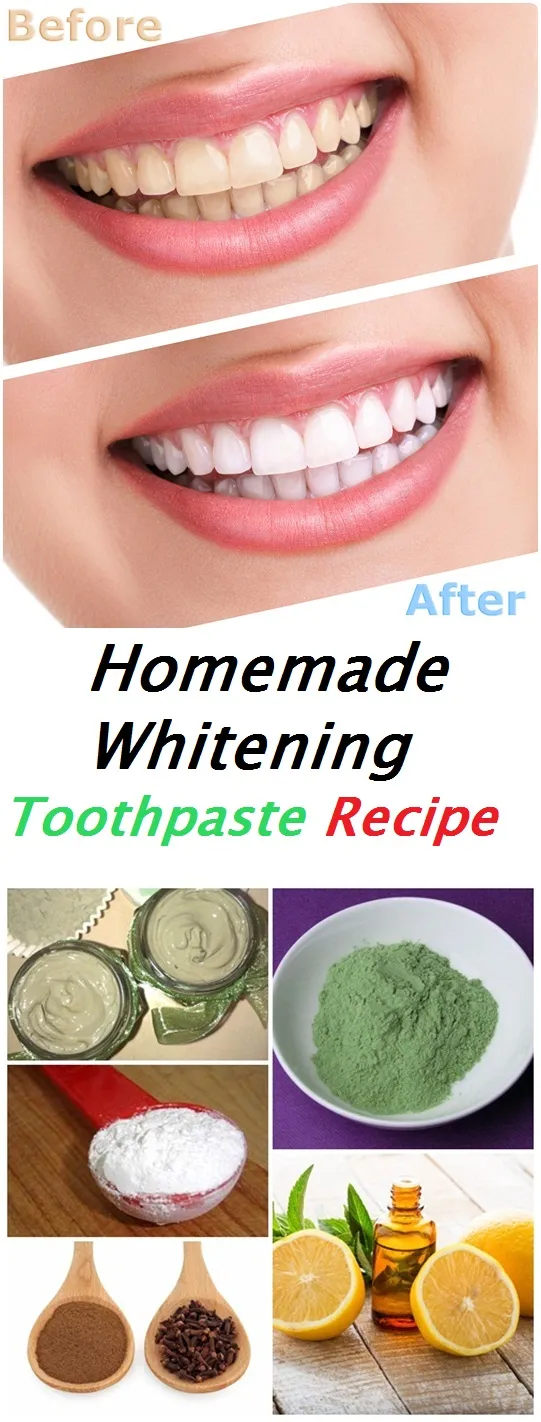
Lemon juice is often included in teeth whitening pastes for its natural bleaching properties. The citric acid in lemon juice can help to break down stains on the teeth, leading to a brighter appearance. However, it should be used with extreme caution due to its high acidity, which can erode tooth enamel if used excessively or in undiluted form. When using lemon juice, it is crucial to dilute it with water or combine it with other ingredients like baking soda or coconut oil to buffer its effects. Limit the frequency of use and avoid leaving the paste on your teeth for extended periods. After using a lemon juice-containing paste, it is advisable to rinse your mouth thoroughly with water and wait before brushing your teeth to prevent further enamel erosion. Always consult a dentist before incorporating lemon juice into your teeth whitening routine, especially if you have sensitive teeth or existing enamel damage.
Essential Oils
Essential oils, such as peppermint, spearmint, or tea tree oil, are sometimes added to teeth whitening pastes for their flavoring and potential oral health benefits. Peppermint and spearmint oils provide a refreshing taste and can freshen breath. Tea tree oil has antibacterial and antifungal properties that may help to reduce bacteria and promote gum health. When using essential oils, it’s crucial to use high-quality, food-grade oils and to dilute them properly. Essential oils are very potent and should only be used in small amounts; a drop or two per batch of paste is usually sufficient. Ensure the essential oil is suitable for oral use. Never swallow essential oils, and rinse your mouth thoroughly after brushing. People with sensitive gums should be particularly careful and may need to avoid essential oils entirely. Always consult with your dentist before introducing essential oils into your teeth whitening routine.
Step-by-Step Guide to Making Teeth Whitening Paste
Mixing the Ingredients
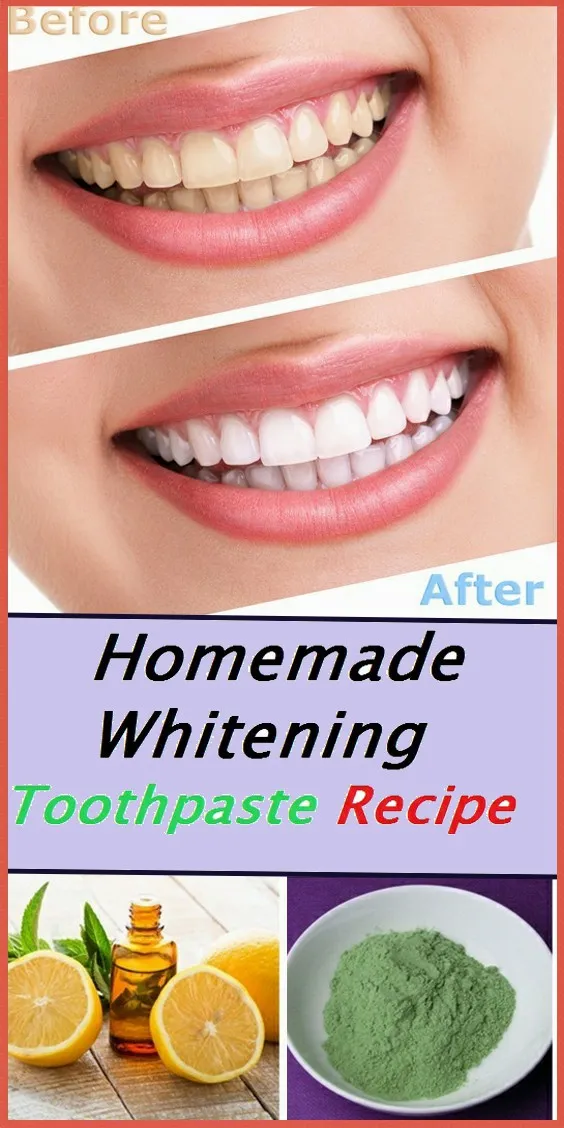
Creating your teeth whitening paste involves a straightforward process of combining the right ingredients in the correct proportions. Start by gathering your ingredients, including baking soda, coconut oil, and, optionally, a few drops of lemon juice or essential oils. In a small bowl, mix approximately two tablespoons of baking soda with one to two tablespoons of coconut oil, depending on the consistency you desire. If using lemon juice, add just a few drops (about 1/2 teaspoon) to the mixture. For flavor and potential benefits, add 1-2 drops of essential oil, such as peppermint or spearmint. Mix these ingredients thoroughly using a small spoon or spatula until you achieve a smooth, slightly paste-like consistency. Adjust the ratio of ingredients until you achieve your preferred texture. The key is to ensure that all the ingredients are well-combined to maximize their benefits. Avoid adding too much liquid at once to prevent the paste from becoming too thin.
Application and Usage
Proper application and usage are essential for safely and effectively using homemade teeth whitening paste. Apply a small amount of the paste to your toothbrush, using only enough to lightly cover the bristles. Brush your teeth gently, using circular motions, for about two minutes. Avoid applying excessive pressure, as this can damage your enamel. Be sure to reach all surfaces of your teeth, including the front, back, and chewing surfaces. Once you’ve brushed thoroughly, rinse your mouth with water to remove any remaining paste. It is recommended to use this paste no more than two to three times per week, as frequent use can lead to enamel erosion. After brushing, you may also rinse your mouth with plain water to further remove any residual paste. Be patient and consistent; results may not be immediate, but with regular use, you should notice a gradual improvement in the brightness of your teeth.
Storage and Shelf Life
Proper storage of your homemade teeth whitening paste is critical to maintain its effectiveness and safety. Store the paste in an airtight container, away from direct sunlight and extreme temperatures. A small, clean jar or container with a tight-fitting lid is ideal. The shelf life of your paste depends on the ingredients used. Generally, a paste made with coconut oil and baking soda can last for several months if stored properly. However, if you notice any changes in the paste’s color, texture, or smell, it’s best to discard it. To prevent contamination, always use a clean spoon or utensil to scoop out the paste, and avoid double-dipping your toothbrush into the container. Keeping the container dry is important; moisture can encourage bacteria growth. Label your container with the date you made the paste so you can keep track of its age. By following these storage guidelines, you can ensure your paste remains fresh and effective for a longer period.
Tips for Effective Teeth Whitening
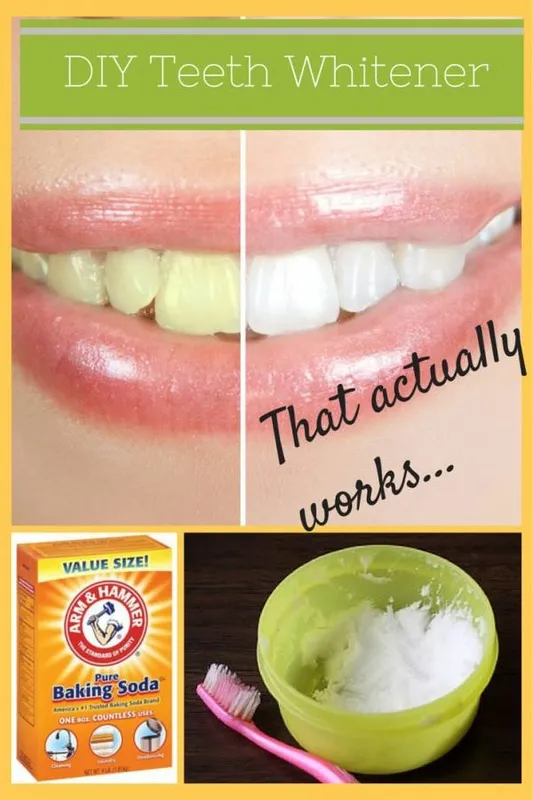
Importance of Oral Hygiene
Maintaining good oral hygiene is fundamental to achieving and preserving a brighter smile. This involves brushing your teeth at least twice a day, using fluoride toothpaste to help strengthen your enamel and prevent cavities. Flossing daily is equally important to remove plaque and food particles from between your teeth, where your toothbrush cannot reach. Regular dental check-ups and professional cleanings are crucial for removing plaque and tartar buildup, and for identifying and addressing any oral health issues early on. A healthy mouth is more receptive to teeth whitening treatments and helps to sustain their results. Using mouthwash can further help reduce bacteria and freshen your breath. Making oral hygiene a consistent part of your daily routine not only promotes a whiter smile but also supports your overall health and well-being. Remember that a healthy mouth is the foundation for effective and lasting teeth whitening.
Avoiding Staining Foods and Drinks
One of the best ways to maintain a bright smile is to be mindful of the foods and drinks you consume. Certain items can stain your teeth, diminishing the results of your teeth whitening efforts. Coffee, tea, red wine, and dark-colored sodas are notorious for staining teeth. Foods like berries, soy sauce, and curries can also contribute to discoloration. To minimize staining, consider drinking these beverages through a straw to reduce contact with your teeth. Rinse your mouth with water after consuming staining foods or drinks to help remove the color-causing substances. Regular brushing and flossing can also help prevent stains from setting in. If you enjoy these foods and drinks, try to consume them in moderation. Being conscious of your diet and making smart choices can significantly extend the life of your brightened smile and reduce the need for more frequent whitening treatments.
Potential Risks and Side Effects
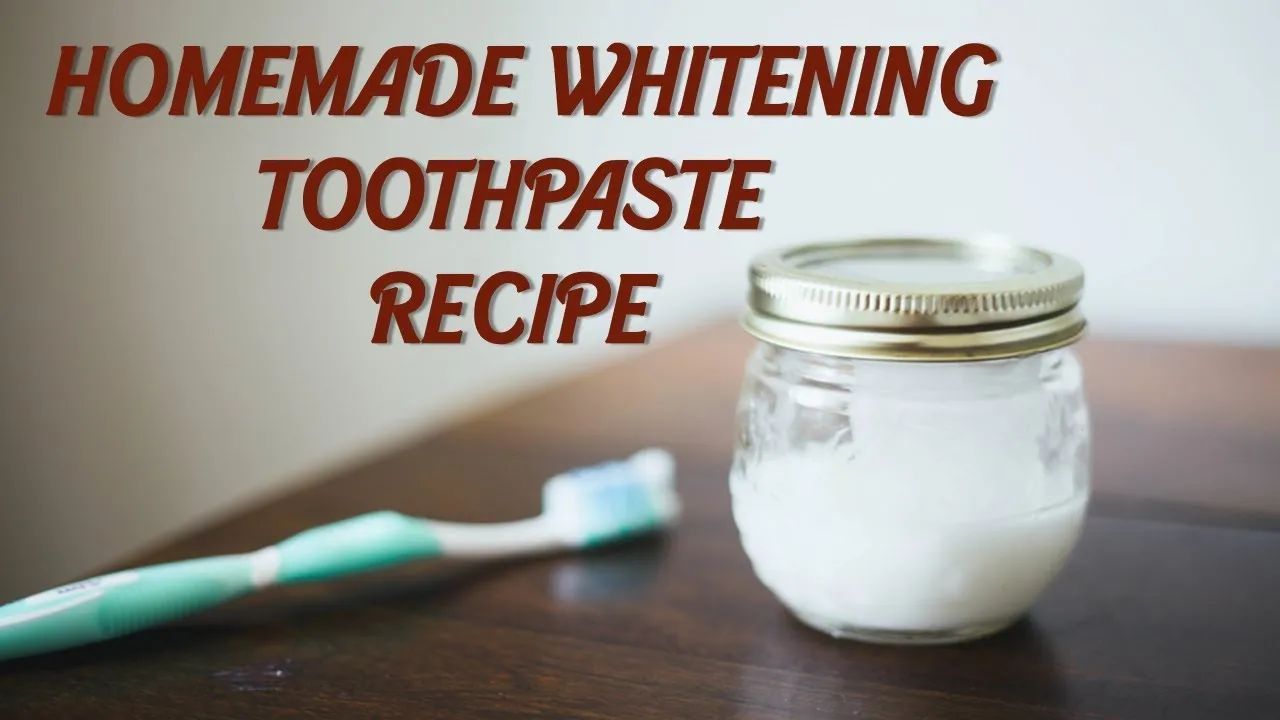
While teeth whitening pastes can be beneficial, it’s important to be aware of the potential risks and side effects. Overuse or misuse of abrasive ingredients like baking soda can erode tooth enamel, leading to increased sensitivity and a higher risk of cavities. Lemon juice, due to its high acidity, can also damage enamel if used too frequently or undiluted. Some people may experience temporary tooth sensitivity or gum irritation. If you experience any pain, discomfort, or increased sensitivity, discontinue use and consult a dentist. Always follow the recommended usage guidelines and use ingredients in moderation. If you have any existing dental issues, such as cavities or gum disease, consult your dentist before using teeth whitening pastes. They can assess your oral health and recommend the best course of action for your individual needs and conditions. Be mindful of your teeth’s response to the paste and adjust your usage accordingly.
Alternatives to Teeth Whitening Paste
If you’re looking for alternatives to homemade teeth whitening paste, several options are available. Professional teeth whitening treatments administered by a dentist are one of the most effective solutions. These treatments often involve stronger bleaching agents than you can find in over-the-counter products, providing more dramatic results. Over-the-counter whitening strips and gels are another accessible option, offering a convenient way to whiten your teeth at home. These products typically contain hydrogen peroxide or carbamide peroxide, which help to break down stains. Whitening toothpastes that contain mild abrasives and/or bleaching agents can also provide some whitening effect. The best choice for you will depend on your individual needs, the severity of your stains, and your budget. Consulting with a dentist is always recommended to determine the best and safest option. They can assess your oral health and recommend a treatment plan tailored to your specific situation.
